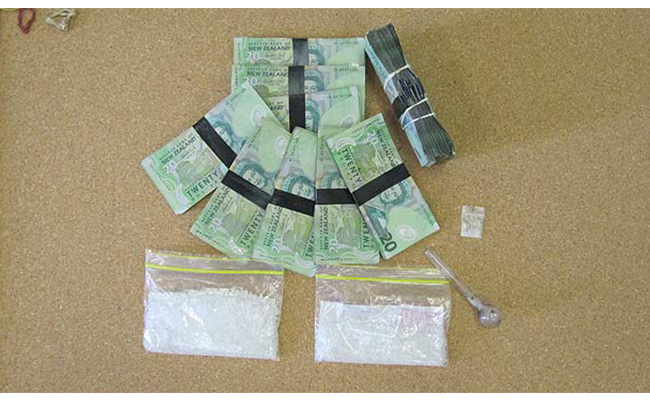The realization that one has a problem with drugs and/or alcohol is often a crushing moment. Usually there is a litany of problems which attend this moment of realization. The general state of one’s life can be utterly demoralizing and hope can seem a distance thing. But coming to this realization and making a decision to do something about it is in itself reason for hope. This crisis moment is the point at which we stop digging the hole we are in and begin to move toward healing and recovery. There are numerous options for treatment, so many in fact that the choice itself can be dizzying. Dara Drug and Alcohol Rehab of Thailand stands out for a number of reasons. Just one thing to consider are the specific treatment options available at Dara.
One of the first things that will strike you about Dara is that it is not a 12 step recovery program. Dara Drug and Alcohol Rehab offer a treatment option that is distinct from the standard model of the 12 steps. A program which is based in science and practice. 12 step may work for some people, but for others it is off-putting. For those who have been offered nothing but 12 step, they may feel a distinct lack of options. This is one of the tremendous advantages of Dara’s treatment programs.
Dara Drug and Alcohol Rehab utilizes a combination of treatment models and therapy systems to create a treatment system which is best suited for the patient. There are a number of programs which can be treated in more detail in another post, but suffice to single out just one such therapeutic model practiced at Dara which is Cognitive Behavioral Therapy.
Cognitive Behavioral Therapy, or CBT, works by interrupting negative thinking patterns and habits and destructive emotional behaviors. It creates more constructive and positive modes of thinking and feeling in their place. What this means, for example, is that CBT will isolate destructive patterns of thinking, patterns of thinking which are often the root of substance abuse, and creating new modes of thinking which are conducive to a more healthy emotional state.
Many of our thought patterns are learned early in life and the way we process situations, especially difficult situations. Old habits of thinking and feeling that we are only dimly aware of. Rather than focusing on the childhood traumas or early life experiences that produced these emotional habits, CBT seeks to replace the habits of thinking and feeling altogether. As people come to Dara for drug and alcohol treatment, they will find that in some cases, the negative modes of understanding their world are merely habits which can be unlearned and replaced. Thus the emotional triggers which lead to drug and alcohol abuse are redirected into more positive and healthy life skills. In this way, substance abuse becomes less of a temptation or even an option as the thoughts and feelings which drive substance abuse are removed.
This is just one feature of Dara Drug and Alcohol Rehab in Thailand which sets it apart from old-fashioned models of treatment. Patients at Dara are led through new forms of emotional therapy which remove the root causes of drug and alcohol abuse. They do this without having recourse to methods and models that some find inconsistent with their beliefs. These are treatment models based on science and practiced by experienced professionals.
CLICK HERE to get a Free Confidential Addiction Rehabilitation Assessment.














